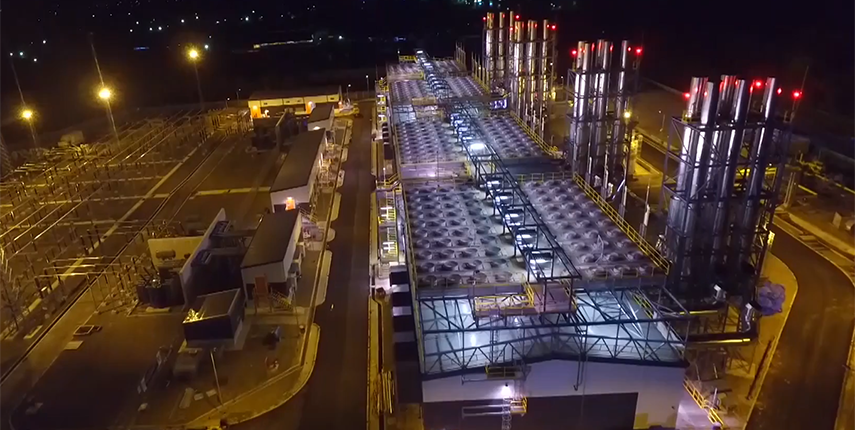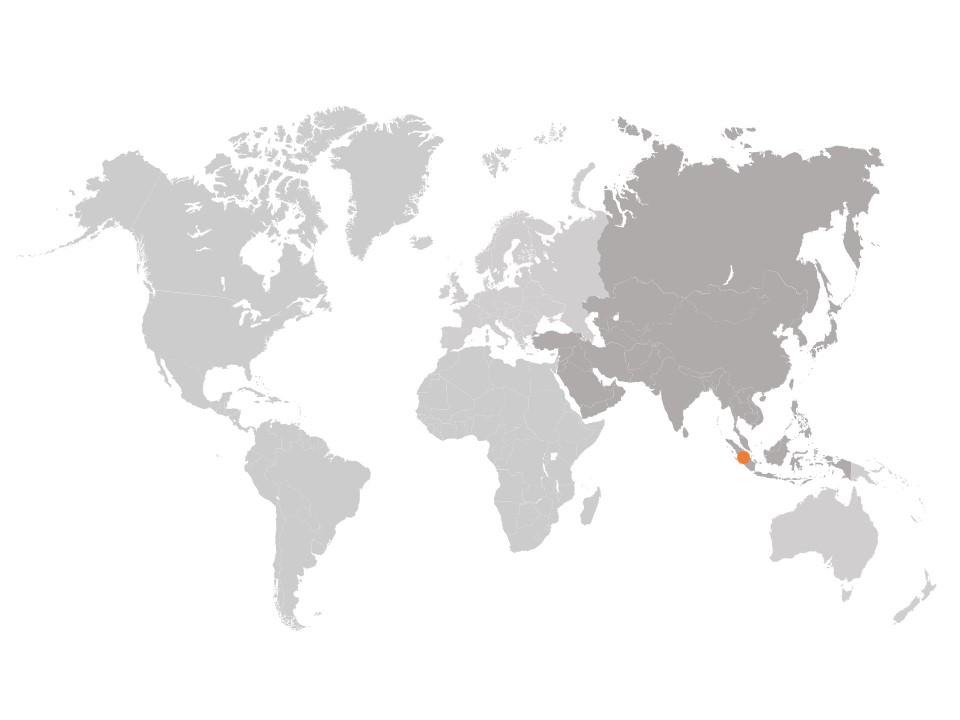

Arun, building an optimum generating system
| Who | PT Wijaya Karya Persero Tbk |
| What | 19 x Wärtsilä 20V34SG |
| Where | Arun, Sumatra |
| How | EEQ (Engineered equipment delivery) |
This is what we achieved
184
MW of electrical output
10
Minutes to reach full load
18
Months fast-track basis
The Arun power plant will serve to strengthen the Aceh Special District electricity system, ensuring reliable electricity supply to consumers during peak loads.
How we did it
Challenge
- Meet a heavily fluctuating peak demand for short periods
- Very large operating window required
- Fast growing demand soon renders current capacity insufficient
- Currently baseload plants must be used also for peaking
- Grid stability and reliability issues
Solution
- Wärtsilä 34SG combustion engines capable of daily starts/stops without any impact on maintenance
- Multiple engine solution with higher efficiency than open cycle GT plants
- Attractive delivery time, financial and development services
- Smart Power Generation plants used for peaking & grid stability
- Internal combustion engines with excellent ramp rates and able to reach full load in 10 minutes
Benefit
- Lower lifecycle costs
- Can follow load without reducing overall plant efficiency
- Customer can deliver power faster and start earning on electricity sales earlier
- More efficient use of baseload plants
- Grid support
The main details
| Customer | PT Wijaya Karya Persero Tbk (PT Wika) (Utility) |
| Type | Wärtsilä 34 gas power plant |
| Operating mode | Peak load/stand-by & emergency |
| Gensets | 19 x Wärtsilä 20V34SG |
| Total output | 184 MW |
| Fuel | LNG (Liquefied natural gas) |
| Scope | EEQ (Engineering & Equipment) |
| Delivered | 2015 |

Would you like to know more?
Contact us
Fill in a contact form and our experts aim to be in contact within 1-2 business days. Contact us »
Read our brochure
Read our product brochure to get all the details.
Find your local office
Find a Wärtsilä office near you. Access the global address book »
Related solutions and services
Trusted partner to the best companies in the world
Related press releases
28 Mar 2017
·
Press release
Wärtsilä to supply, operate and maintain five multi-fuel power plants in Indonesia
16 Sep 2016
·
Press release
Wärtsilä and PLN sign cooperation agreement to develop power generation in Indonesia
8 Mar 2012
·
Trade press release
Wärtsilä to supply Indonesia’s first gas engine based peaking power plant
Wärtsilä Energy. Let's connect.






